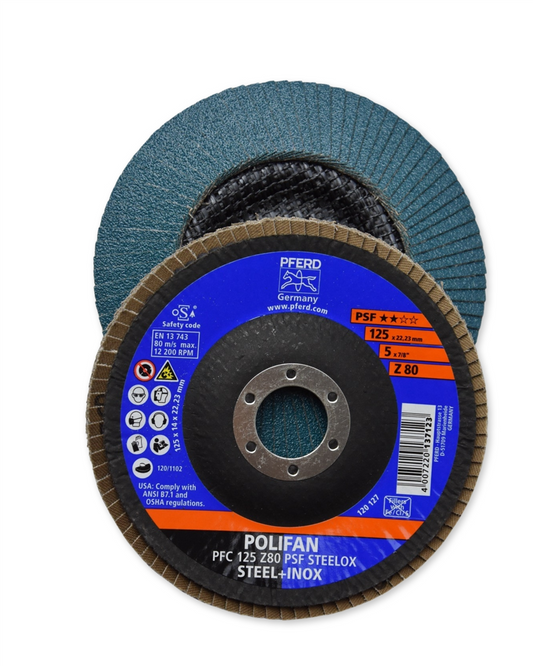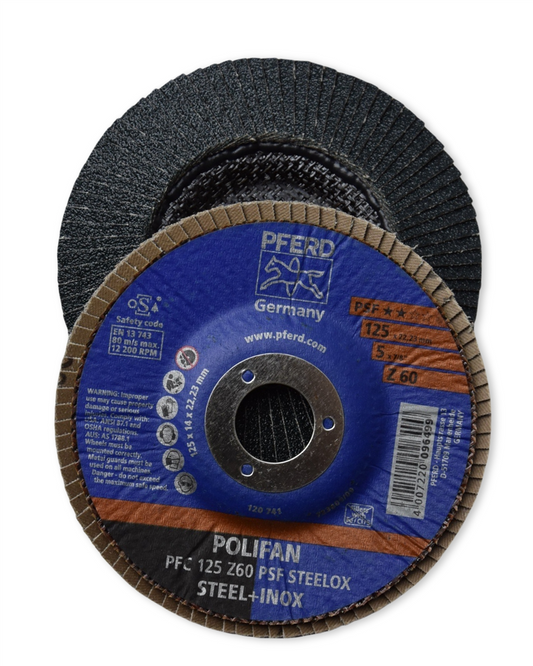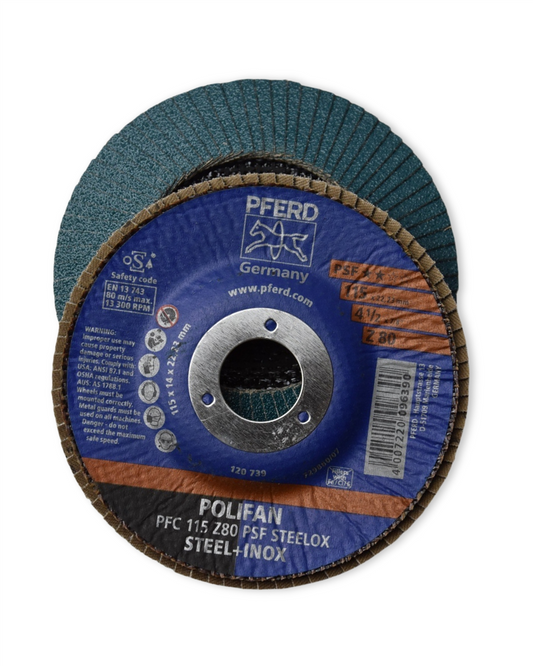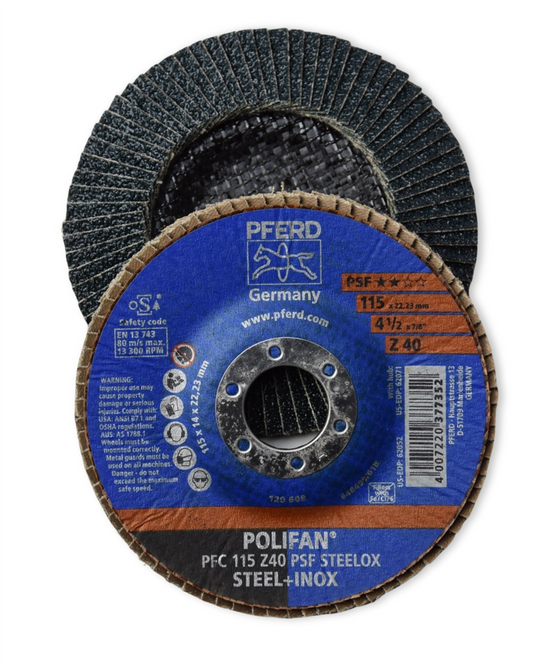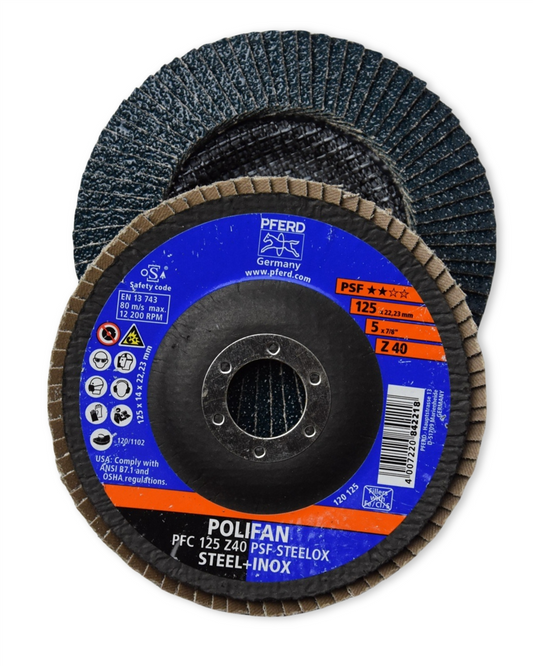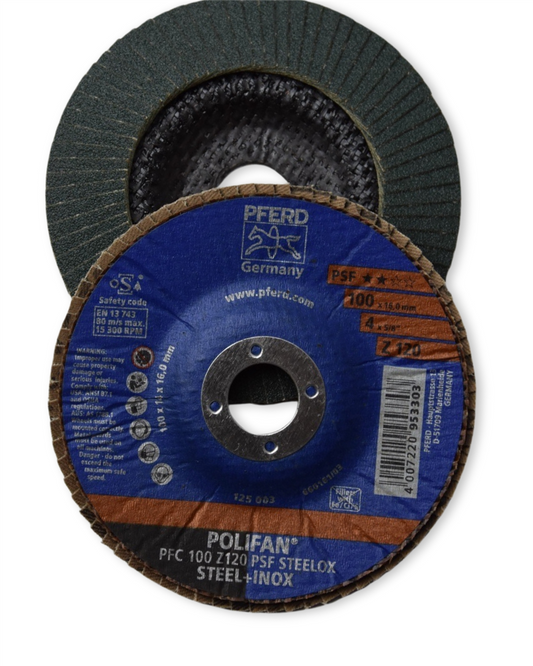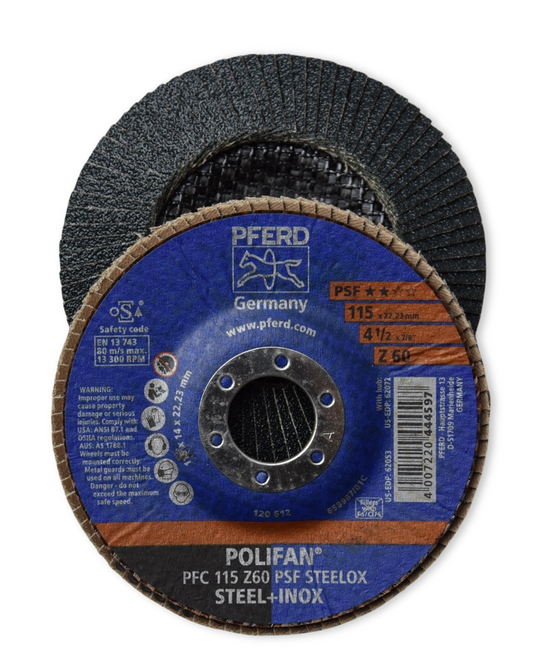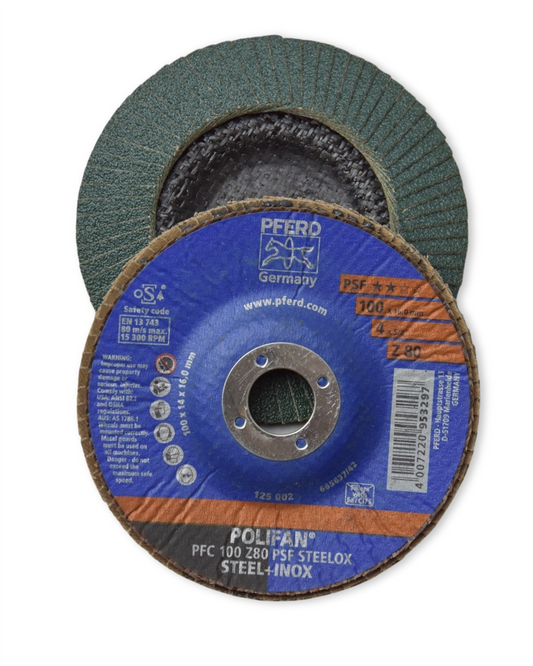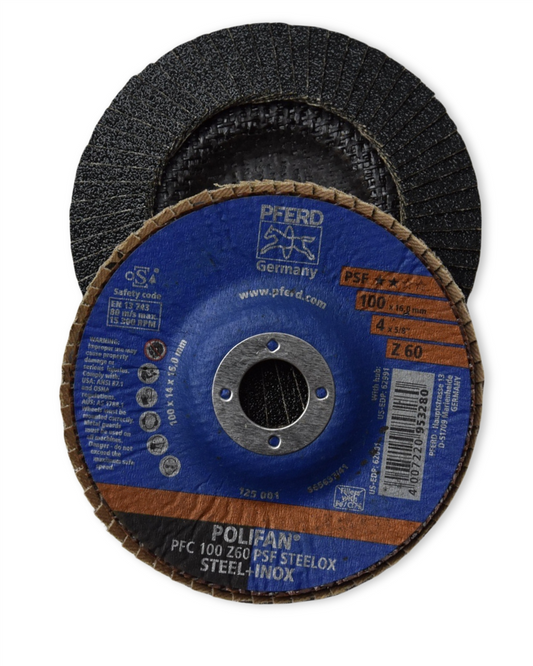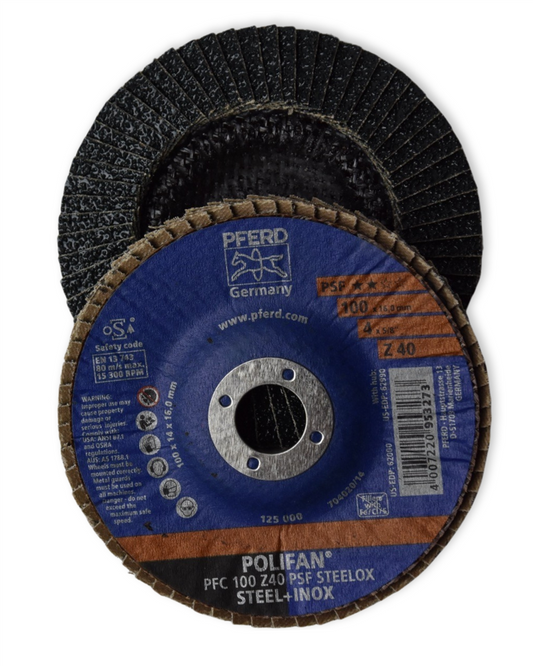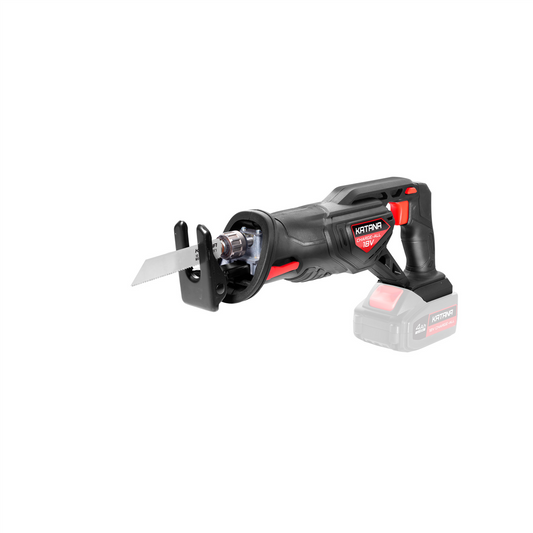How to Read a Tape Measure Properly (Yes, There’s a Right Way!)
Share
Making Sense of a Tape Measure: The Secret to Perfect DIY Measurements
Ever felt like your tape measure is speaking a language you don’t understand? You’re not alone! Whether you're cutting timber for a backyard project or measuring up a new space, mastering the humble tape measure can mean the difference between a DIY triumph and a trip back to the hardware store for a redo. Let’s break it down so you can read measurements with confidence!
What Do All Those Markings Mean?
Tape measures come packed with numbers, lines, and sometimes even little diamonds that seem like they belong in a secret code. But don’t worry—once you know the basics, it all makes perfect sense.
- Big Numbers: These are your centimetres (or inches if you're using an imperial tape). The numbers are usually bold and easy to spot.
- Small Lines: These divide each centimetre into millimetres. Each centimetre has ten of these tiny divisions.
- Red Numbers: Ever notice red numbers at regular intervals? These often mark construction-friendly measurements, such as the spacing for wall studs.
- Black Diamonds: Found on some tape measures, these are for truss layouts and are more useful in large-scale building projects.
Now that we’ve decoded the tape measure, let’s turn our attention to how to use it properly.
The Right Way to Measure: No Guesswork Needed
Accuracy is the key to a great finish on any project. A few small adjustments in how you measure can save you time, effort, and frustration.
1. Use the Tape Hook Properly
The small metal hook at the end of your tape measure moves slightly for a reason! If you’re measuring an inside edge (like a window frame), push the hook against the surface. If you’re measuring an outside edge (like the length of a board), let it rest on the edge. This movement accounts for the hook’s thickness, keeping your measurement precise.
2. Keep the Tape Straight
A bent tape measure can throw off your measurements. Hold it taut and straight against the object you're measuring—no sagging or wobbles.
3. Lock It In Place
Most tape measures have a locking mechanism. Use it to hold the tape in place while noting your measurement. This stops it from springing back unexpectedly (and possibly hitting you in the process!).
4. Read at Eye Level
Looking at an angle can make the numbers appear slightly off. Keep your eyes level with the measurement mark to get the correct reading.
5. Double Check Before Cutting
Yes, we’ve all heard "measure twice, cut once," but it's worth repeating. A simple double-check can save you materials and frustration.
Common Measuring Mistakes (and How to Avoid Them)
Even experienced DIYers trip up occasionally! Here are a few classic pitfalls and how to dodge them:
- Forgetting About the Tape Measure’s Casing: The body of your tape has a measurement stamped on it. If you're measuring inside a space, you can add this length instead of trying to bend the tape to fit.
- Ignoring the Hook’s Movement: That tiny gap helps account for thickness—use it as intended to stay accurate.
- Misreading Fractions: If you're working in imperial units, know your eighths, quarters, and halves so you don’t mix them up.
- Not Watching for Stretching: Over time, the metal tape can stretch slightly. If you’re working on super-precise projects, check its accuracy occasionally against a ruler.
Level Up Your DIY Game
Now that you’ve got a grip on how to use a tape measure correctly, you’re ready to tackle everything from home renos to custom projects with confidence! And if you need a new tape measure (or just some good, old-fashioned advice), pop into Strathalbyn H Hardware. We’d love to help you find the right tools for the job.
Happy measuring!
Candeece

Stay Connected
Follow our Facebook Page: Strathalbyn H Hardware on Facebook

